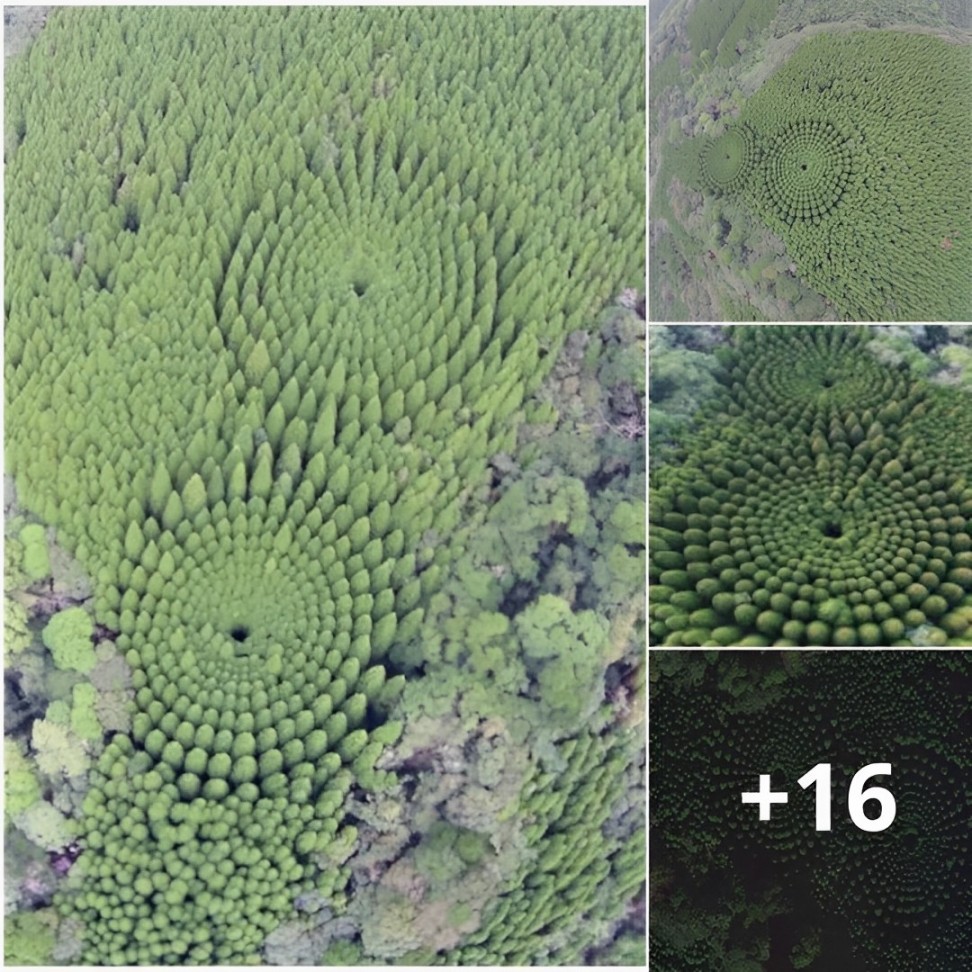Have you ever wondered what the dates that were eaten by ancient people tasted like? Well, you might soon find out, thanks to a remarkable scientific project that has revived an extinct variety of date palm from 2000-year-old seeds.
 Seeds discovered at the Masada fortress in Israel turned out to be around 2000 years old. But they still had life in them. Image credit: Guy Eisner/Science
Seeds discovered at the Masada fortress in Israel turned out to be around 2000 years old. But they still had life in them. Image credit: Guy Eisner/Science
The Judean date palm was once a symbol of prosperity and beauty in ancient Israel. It was praised by writers such as Pliny the Elder and Josephus for its large, sweet and medicinal fruits. It was also a source of income and export for the Judean people, who cultivated it in plantations around Jericho and the Dead Sea. However, after centuries of wars and invasions, the Judean date palm became extinct by the 19th century.
But in a remarkable feat of botanical resurrection, scientists have managed to grow new Judean date palms from ancient seeds that were preserved for 2,000 years in the dry and hot conditions of the Judean desert. These seeds are the oldest ever germinated, and they offer a glimpse into the past and a hope for the future.
 The resurrected Judean date palm nicknamed Methuselah at Ketura, Israel. Image credit: DASonnenfeld
The resurrected Judean date palm nicknamed Methuselah at Ketura, Israel. Image credit: DASonnenfeld
The project began in 2005, when Dr. Sarah Sallon, director of the Louis L. Borick Natural Medicine Research Center in Jerusalem, obtained a few date seeds from an archaeologist who had excavated them from Masada, an ancient fortress where Jewish rebels made their last stand against the Romans in 73 CE.
Sallon had the idea of trying to germinate these seeds as part of her research on medicinal plants of the Middle East. She enlisted the help of Dr. Elaine Solowey, director of the Center for Sustainable Agriculture at the Arava Institute for Environmental Studies, who had experience in germinating ancient seeds.
 The ancient mountaintop fortress of Masada in southeastern Israel, where the seeds were found. Image credit: Godot13
The ancient mountaintop fortress of Masada in southeastern Israel, where the seeds were found. Image credit: Godot13
Solowey soaked one of the seeds in water, added hormones that stimulate root growth and germination, and planted it in a pot of soil. To her surprise, the seed sprouted after six weeks. The resulting plant was named Methuselah, after the biblical figure who lived for 969 years. Methuselah turned out to be a male date palm, which meant that it could not produce fruits by itself.
Sallon and Solowey decided to repeat the experiment with more seeds from different archaeological sites, including Qumran, where the Dead Sea Scrolls were found, and Herodion, a palace built by King Herod the Great. They obtained 34 seeds in total, and managed to germinate six of them: four males and two females. They named them after biblical characters: Adam, Jonah, Uriel and Boaz for the males; and Hannah and Judith for the females.
 Morphology of six germinated ancient Judean date seeds before planting. Image credit: Guy Eisner / Sciencemag
Morphology of six germinated ancient Judean date seeds before planting. Image credit: Guy Eisner / Sciencemag
The researchers performed radiocarbon dating and genetic analysis on the ancient seeds and compared them with modern date varieties. They found that the seeds were about 2,000 years old, and that they had a unique genetic signature that distinguished them from other date palms. They also discovered that some of the seeds came from female date palms that were pollinated by male palms from different regions, suggesting that the ancient Judeans practiced sophisticated plant breeding techniques to improve their crops.
The researchers waited patiently for the female date palms to reach 𝑠e𝑥ual maturity and produce flowers. In 2019, they pollinated Hannah with pollen from Methuselah, hoping to create a purebred Judean date. In 2021, they finally harvested the first fruits from Hannah’s branches.
 Germinated ancient Judean date seedlings. Ages in months at time of photograph (A to C) Adam (110 months), Jonah (63 months), and Uriel (54 months). (D to F) Boaz (54 months), Judith (47 months), and Hannah (88 months). Image credit: Guy Eisner / Sciencemag
Germinated ancient Judean date seedlings. Ages in months at time of photograph (A to C) Adam (110 months), Jonah (63 months), and Uriel (54 months). (D to F) Boaz (54 months), Judith (47 months), and Hannah (88 months). Image credit: Guy Eisner / Sciencemag
The fruits were oval-shaped, brownish-yellow and about 3 cm long. They had a thin skin, a soft flesh and a small pit. The researchers tasted them and described them as sweet, rich and aromatic. They also analyzed their chemical composition and found that they had high levels of sugars, antioxidants and minerals.
The researchers plan to continue pollinating Hannah with Methuselah’s pollen, as well as Judith with Adam’s pollen, to produce more Judean dates. They also hope to study the medicinal properties of the ancient fruits, which were reputed to have various health benefits.
 Harvested dates grown on the ancient Judean date palm. Image credit:Marcos Schonholz
Harvested dates grown on the ancient Judean date palm. Image credit:Marcos Schonholz
The resurrection of the Judean date palm is not only a scientific achievement, but also a cultural and historical one. It offers a glimpse into the past and a connection to the heritage of the region. It also demonstrates the resilience and adaptability of nature, as well as the potential of ancient seeds to provide valuable genetic resources for modern agriculture.
The researchers hope that their project will inspire more efforts to conserve and restore endangered plant species around the world. They also hope that their project will promote peace and cooperation among people of different faiths and backgrounds who share a common interest in preserving biodiversity and cultural diversity.





